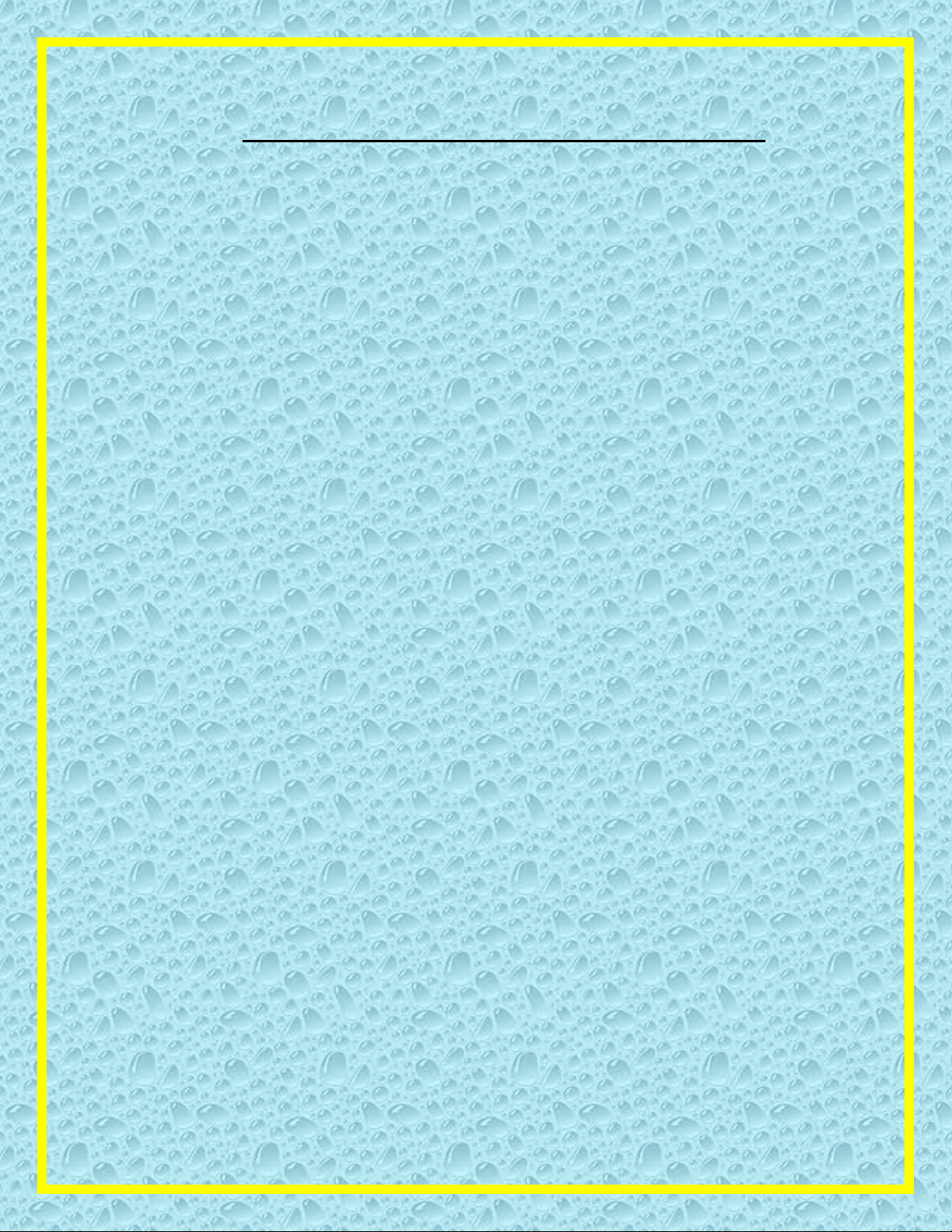
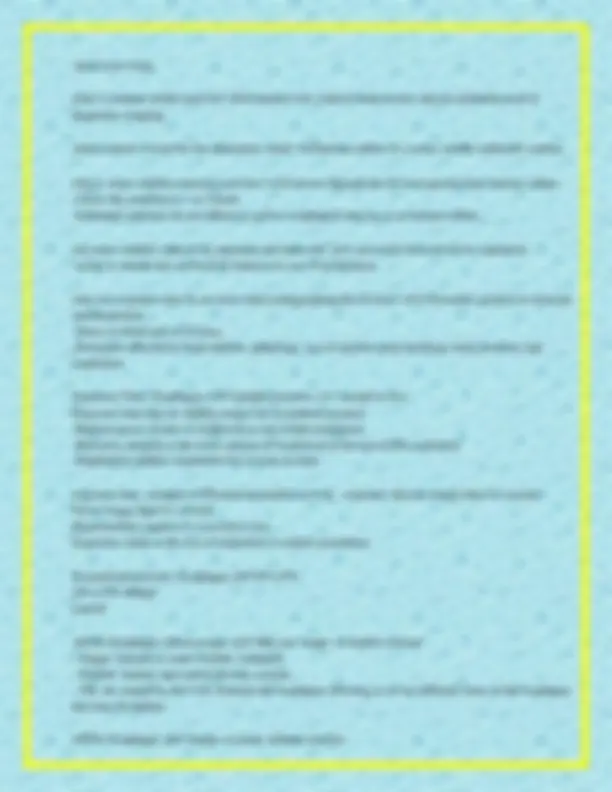
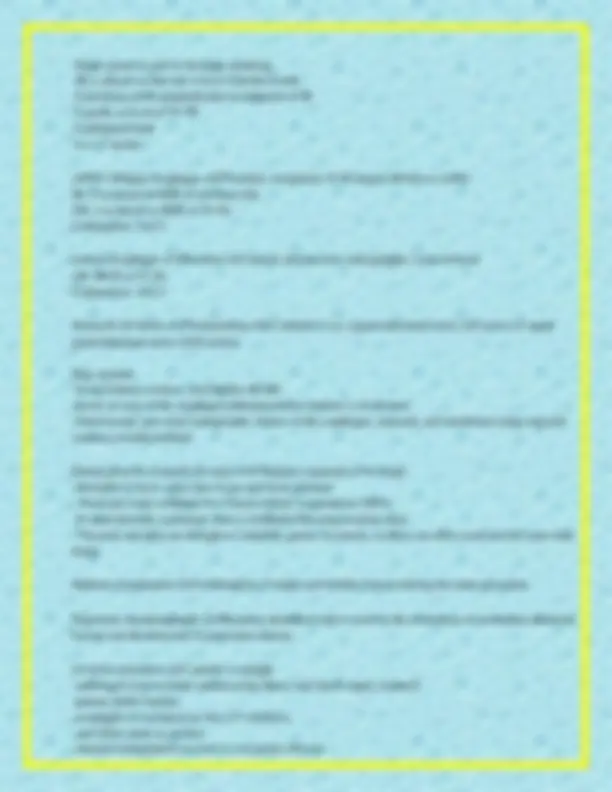
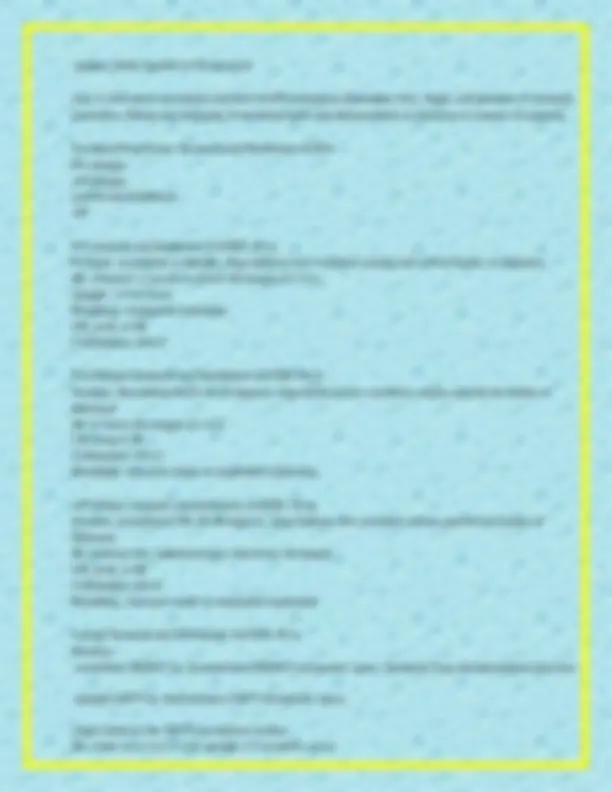
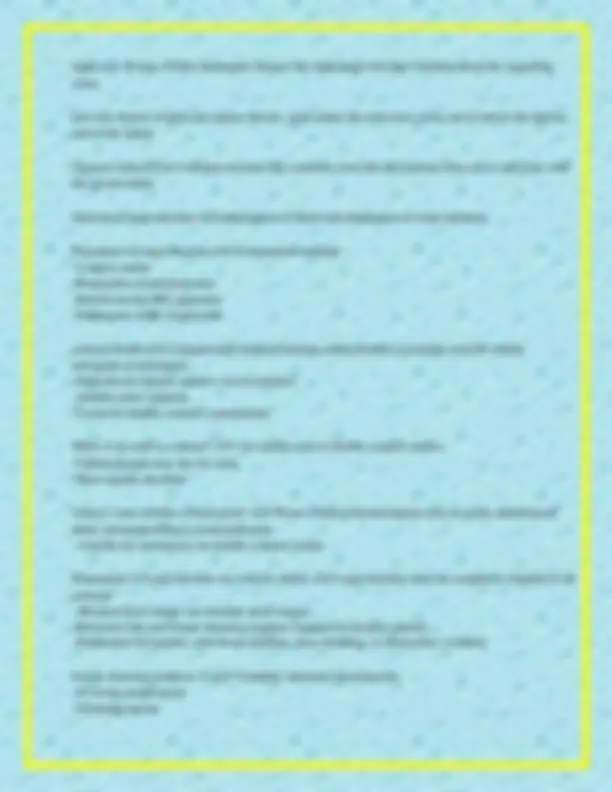
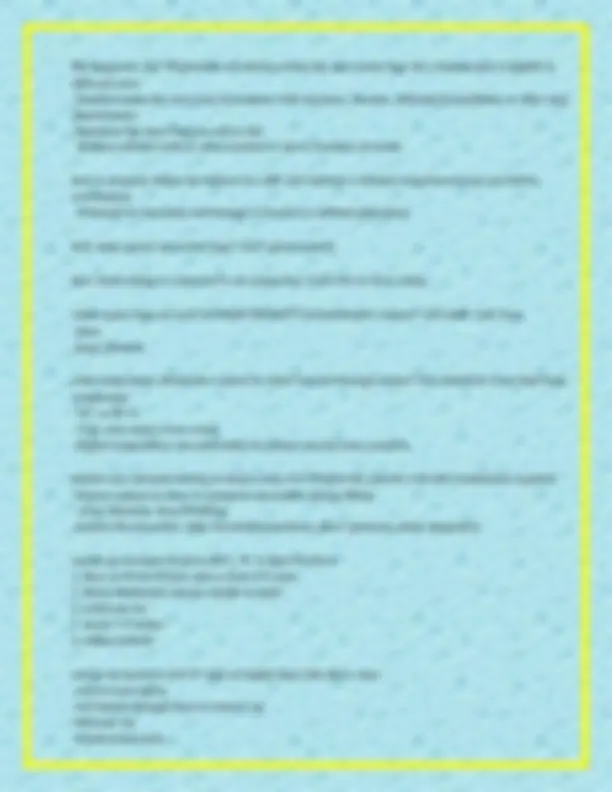
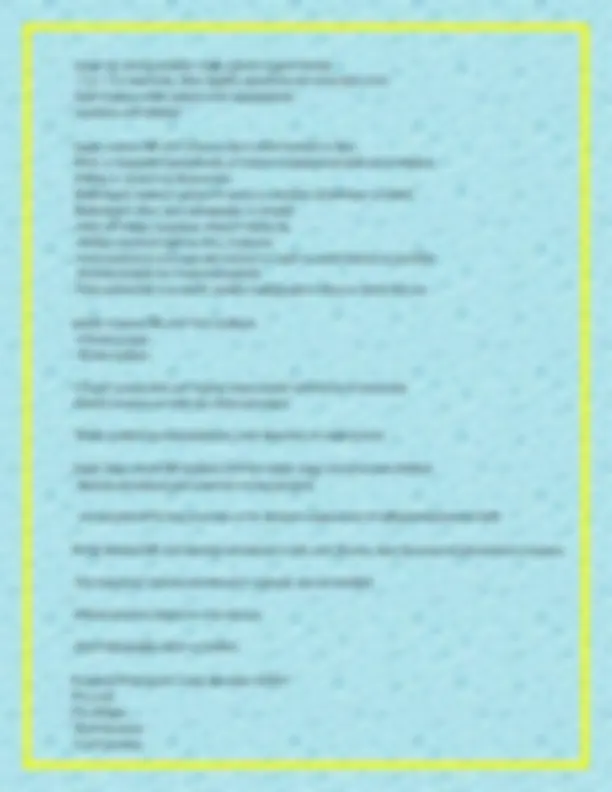
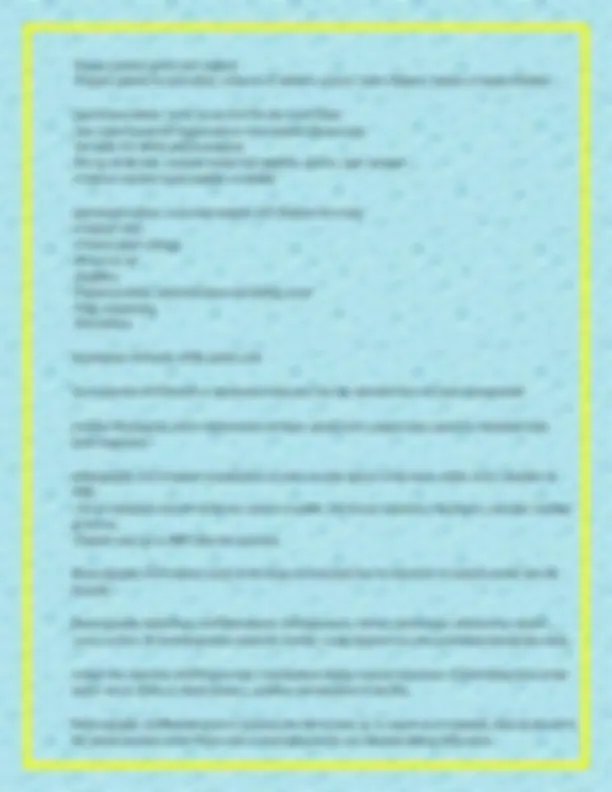
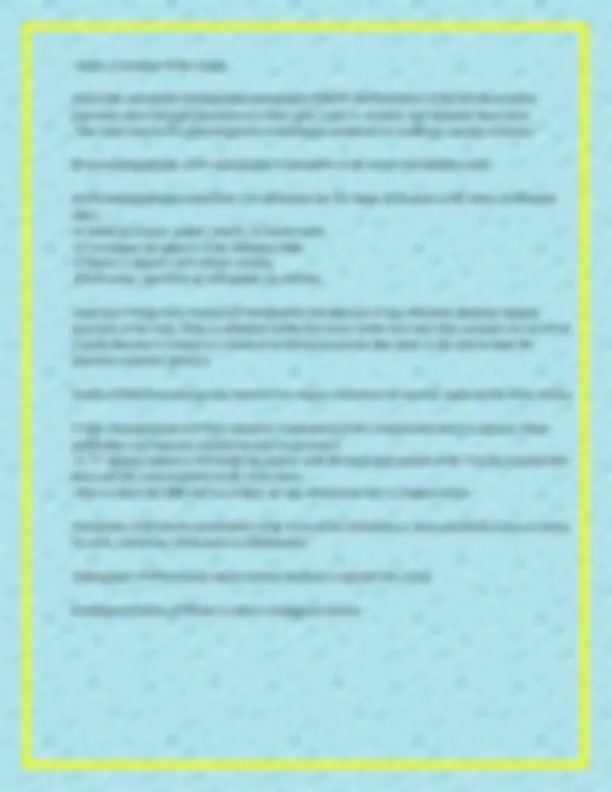


Study with the several resources on Docsity

Earn points by helping other students or get them with a premium plan


Prepare for your exams
Study with the several resources on Docsity

Earn points to download
Earn points by helping other students or get them with a premium plan
Community
Ask the community for help and clear up your study doubts
Discover the best universities in your country according to Docsity users
Free resources
Download our free guides on studying techniques, anxiety management strategies, and thesis advice from Docsity tutors
A comprehensive overview of the digestive system, focusing on the anatomy and function of the esophagus and stomach. It includes detailed descriptions of the various parts of the gi tract, their functions, and the procedures used for their examination. The document also covers essential projections for radiographic imaging of the esophagus and stomach, including positioning, collimation, and exposure time recommendations. It further explores the small intestine, its anatomy, functions, and procedures for examination, including patient preparation and imaging techniques.
Typology: Exams
1 / 14

This page cannot be seen from the preview
Don't miss anything!









Digestive system: Alimentary canal ✔✔mouth, pharynx, esophagus, stomach, small intestine, large intestine, anus Functions of the GI system ✔✔ingestion: mouth, esophagus digestion: stomach, small bowel absorption: small/large bowel elimination: large bowel accessory organs of the digestive system ✔✔•Mouth •Teeth •Salivary Glands •Gallbladder •Pancreas •Liver anatomy of esophagus ✔✔10 inches long
pyloric canal ✔✔muscle that connects the stomach to the proximal duodenum lesser curvature of stomach ✔✔concave medial surface of the stomach greater curvature of stomach ✔✔convex lateral surface of the stomach Cardiac notch of stomach ✔✔sharp angle at esophagogastric junction cardiac orifice ✔✔opening of the esophagus into the stomach
right colic flexure ✔✔aka the hepatic flexure, the right-angle turn that continues from the ascending colon left colic flexure ✔✔aka the splenic flexure, point where the transverse colon curves below the inferior end of the spleen sigmoid colon ✔✔an S-shaped structure that continues from the descending colon above and joins with the rectum below function of large intestine ✔✔reabsorption of fluids and elimination of waste products Procedures of large intestine ✔✔-Examination methods
AP axial AP oblique